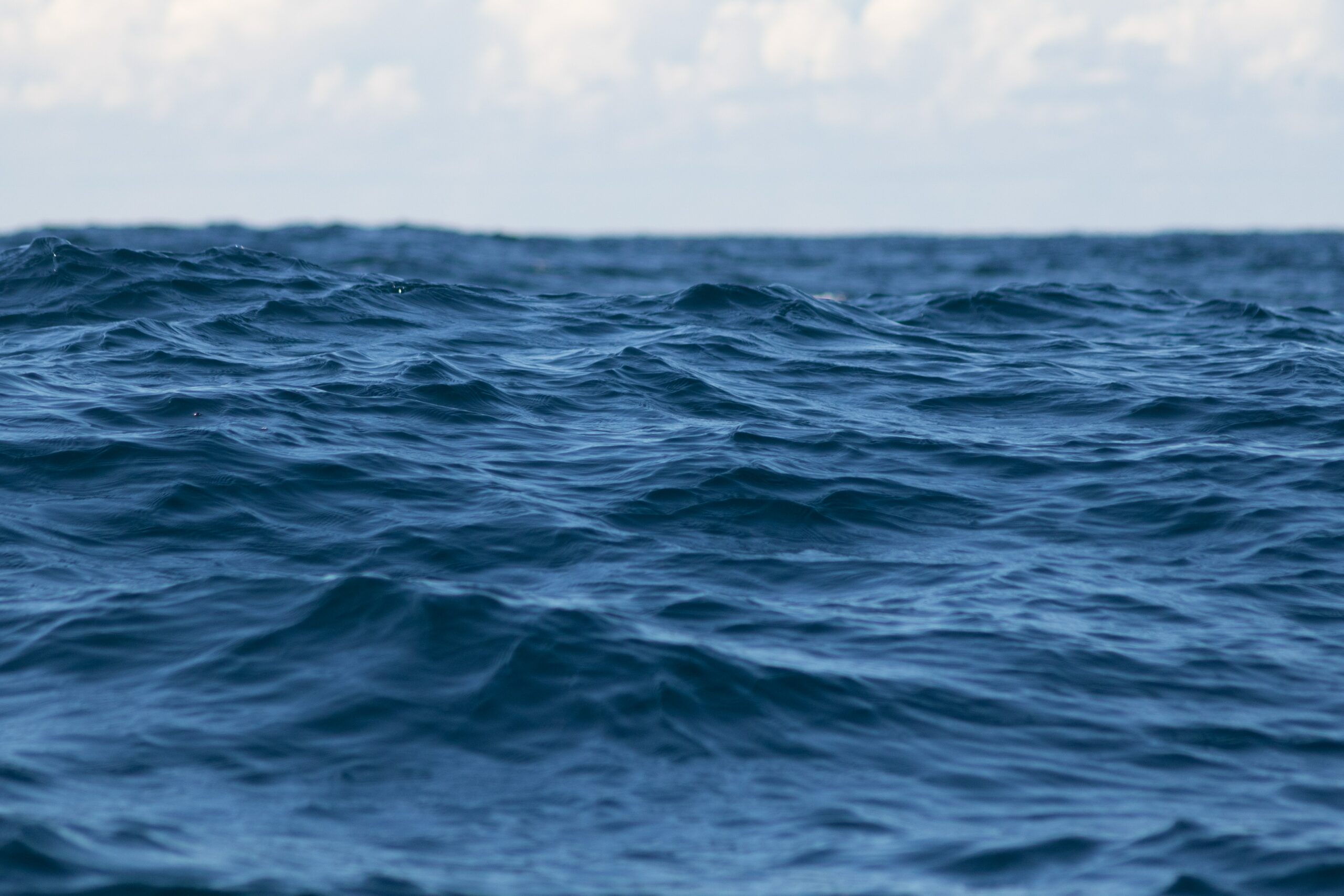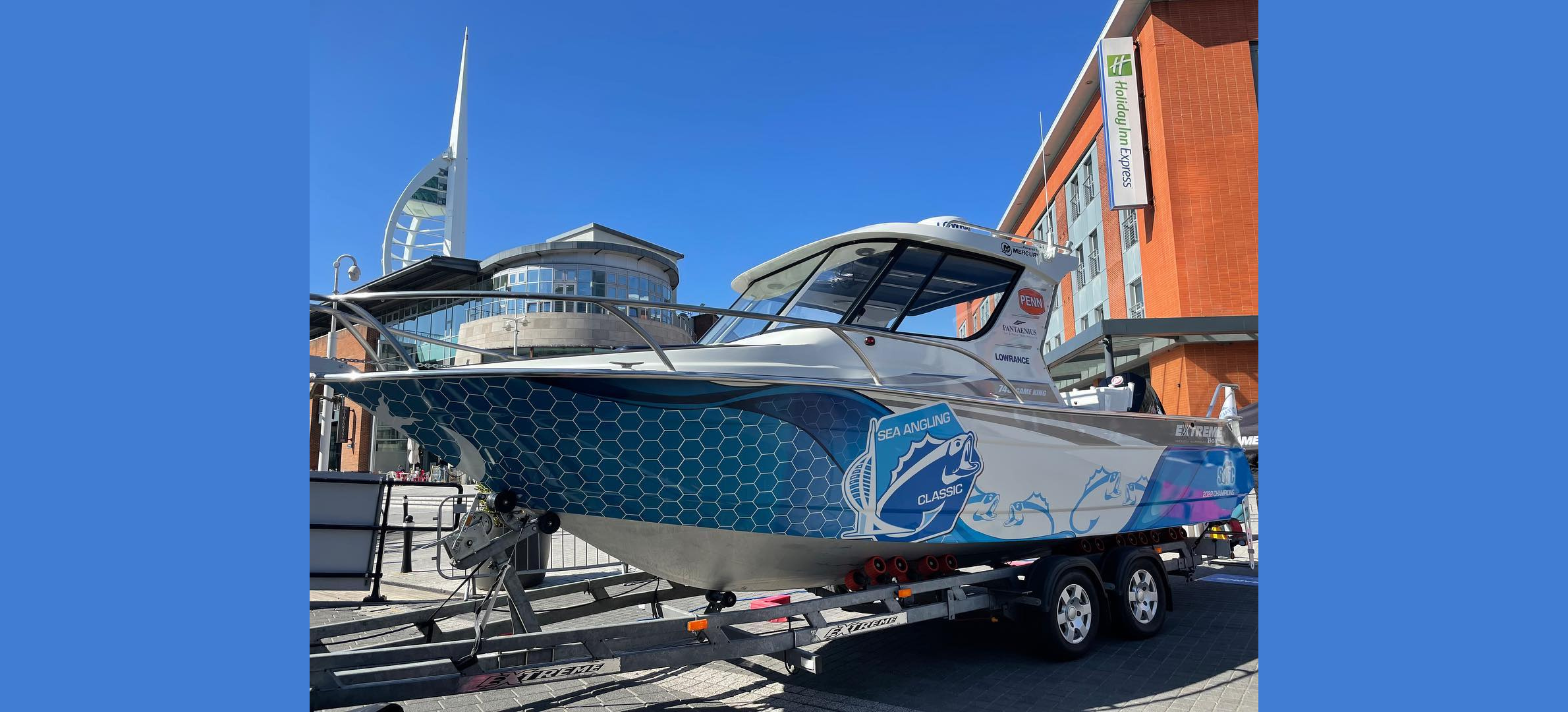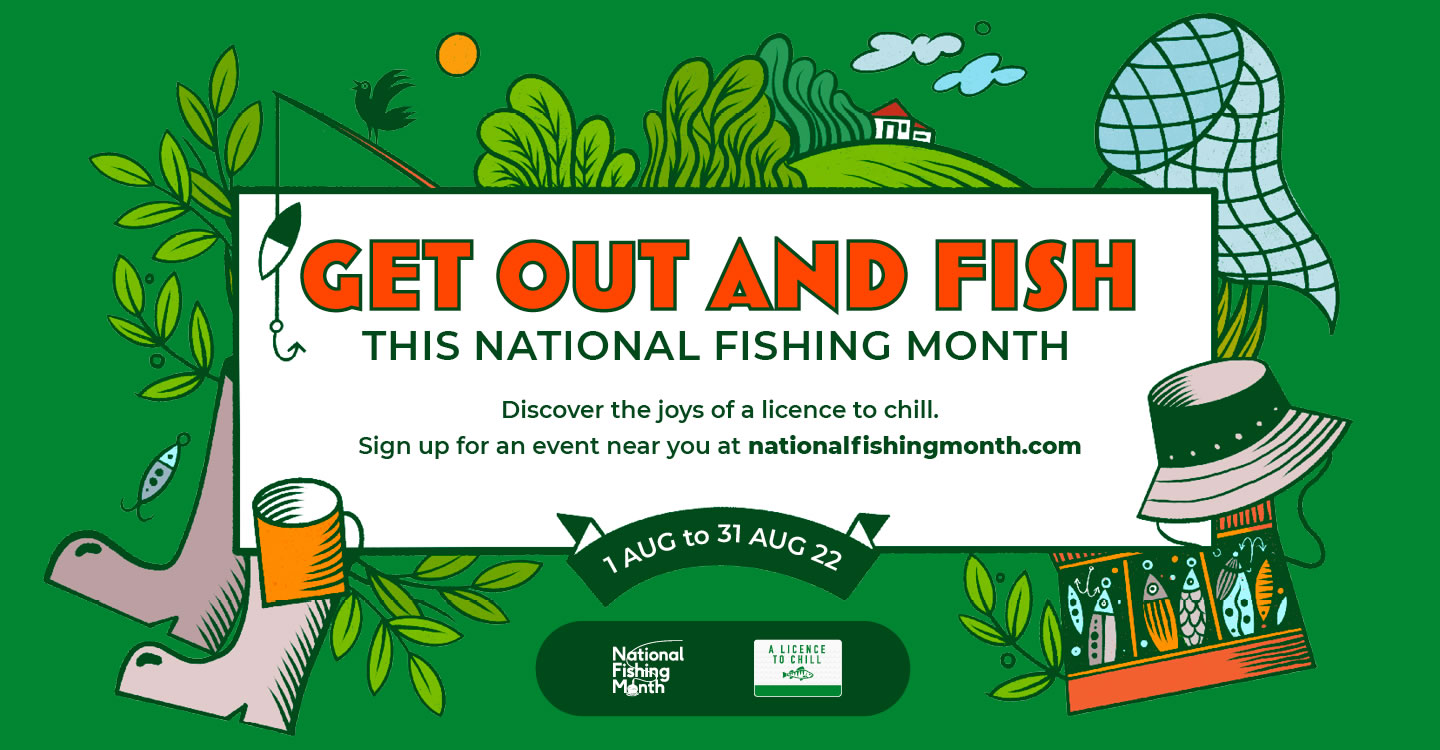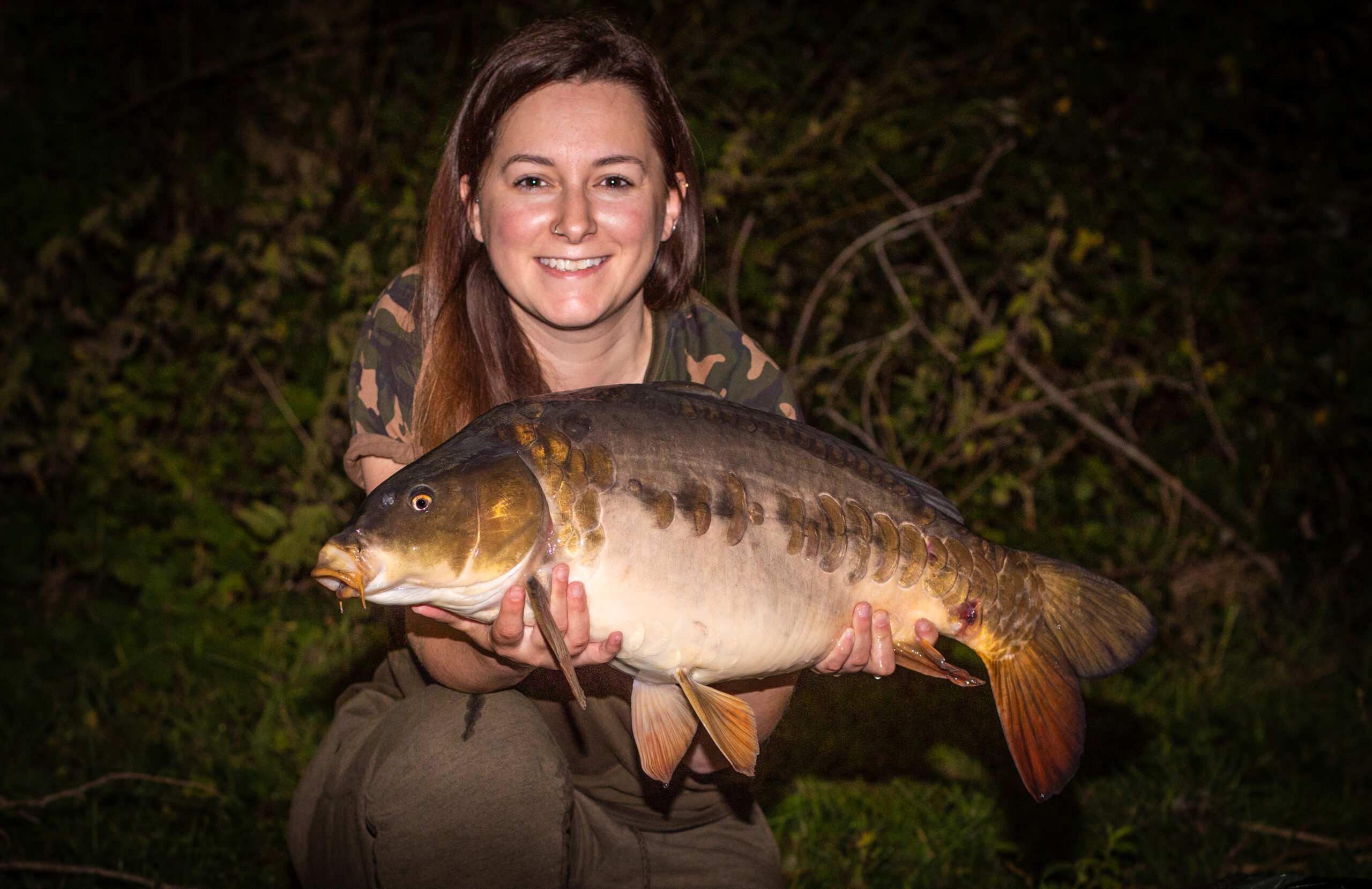
Campaigns
Sea Anglers lead fight to restore Sussex kelp forests
A new bylaw has been approved to prohibit trawling year-round in more than 100 square miles of seabed off Sussex. The bylaw aims to facilitate the recovery of kelp forests and improve fisheries.
The sea angling community in Sussex played a key role in the public consultation process led by the Sussex Inshore and Fisheries Conservation Authority (SxIFCA) and are highly supportive of the decision to ban trawling in this area.
Sussex’s kelp forests were once vast and as recently as the 1980s stretched 25 miles along the West Sussex coast between Shoreham-by-Sea and Selsey Bill and were at least 2.5 miles wide. But have since dwindled to small remnants of their former glory, with intensified trawling and the dumping of sediment by dredging boats being the leading causes of their demise.
Reg Phillips, secretary of the Angling Trust Sussex Marine Region and member of the Angling Trust’s Conservation and Access Group said, “In 2011 I worked alongside Sussex sea anglers to organise a petition in a few local tackle shops between Worthing and Brighton requesting that nearshore trawling was prohibited up to our beaches and the petition collected hundreds of signatures. Sadly, though the petition resulted in meetings with the SxIFCA, nothing changed.
“When we formed the Sussex Marine Region of the Angling Trust in 2013, we organised a set of meetings with the angling community. One of their instructions was for the Angling Trust in Sussex to stop the nearshore trawling throughout the district. So, we immediately started a campaign to tackle the problem and in 2015 we decided to go further and carry out a four-year juvenile fish survey along our open beaches to prove how important these habitats are for spawning fish and for safe juvenile areas. In these surveys we discovered 16 different fin fish as well as squid, cuttlefish and numerous crab species that use these areas for spawning and as safe zones for their young.
Now with the trawling byelaw passed I can reflect on the years of campaigning. It has been a privilege to work with anglers and help deliver long term protection to our nearshore marine habitat and species during the most vulnerable stage in their life cycles.”
The campaigning work of the local angling community demonstrates recreational sea anglers integral role as stakeholders within sustainable fisheries management and their position as environmental stewards.
Kelp forests are not only rich habitats for wildlife and fisheries stocks, but they also improve water quality, reduce coastal erosion and are a form of ‘blue carbon’ as they absorb carbon dioxide from the atmosphere, playing a key role in the fight against climate change. Through protecting this area, the hope is that fish stocks in the area will recover to their former glory, supporting healthy fisheries for years to come.
Tim MacPherson, publisher of Saltwater Boat Angling Magazine and Angling Trust Board member, said “This trawling bylaw being introduced in Sussex is a welcome addition to the suite of management tools the Sussex IFCA are using to control commercial fishing in a fair and measured way. That it has even happened at all is because of hard work of local anglers, helped by the Angling Trust, both in lobbying for this bylaw and for carrying out research over into juvenile fish numbers in the intertidal zone along the Sussex coast. Without this work the ban would not have been possible.
The key thing is the bylaw will help to protect Sussex’s precious marine ecosystems in one of the most heavily commercially fished inshore areas in the UK and will, I hope to see the restoration of the kelp beds which do so much to protect juvenile fish, particularly black bream.”



















